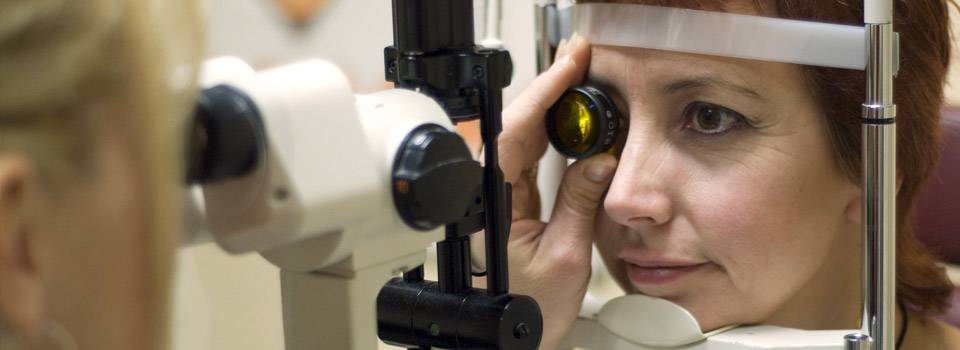Protect Your Eyes: The Importance Of Comprehensive Eye Exams For Those With Diabetes
Diabetes is a medical condition characterized by the body’s inability to effectively utilize and store glucose, a type of sugar that serves as a vital energy source for various bodily functions. Consequently, glucose accumulates in the bloodstream, resulting in elevated blood sugar levels. This condition can lead to numerous complications throughout the body, particularly affecting the eyes. To mitigate the risk of undetected and untreated diabetes-related eye issues, it is essential to undergo thorough eye examinations at least annually.
Dr. Trey Gerdes from Waco, TX, emphasizes that “Diabetes is the primary cause of blindness among adults aged 20 to 74. From 2005 to 2008, 4.2 million individuals with diabetes in the United States developed a serious eye condition known as diabetic retinopathy.”
Diabetic retinopathy occurs when elevated blood sugar levels cause the blood vessels in the eye to leak fluids or become completely obstructed. If not properly managed, this condition can lead to significant vision impairment or even blindness.
Additionally, individuals with diabetes are at a heightened risk for glaucoma and the early onset of cataracts. Alarmingly, 1 in 4 diabetes patients do not adhere to their optometrist’s advice to have a comprehensive eye exam annually, which can result in irreversible vision loss and other serious repercussions.
The absence of symptoms in many diabetes-related conditions until significant damage occurs underscores the importance of early detection. Individuals who adhere to their eye care professional’s advice to undergo a comprehensive dilated eye examination annually experience the most success in identifying diabetes-related eye issues.
This specialized eye examination involves dilating the pupil, which provides the optometrist with an expanded view to examine the retina for indications of retinopathy and other potential damage linked to diabetes.
Additionally, the comprehensive exam includes a tonometry test, where a brief puff of air is directed into the eye or a pressure-sensitive tip is gently applied near the eye. This procedure assesses the internal fluid pressure of the eye. If the optometrist finds that the internal eye pressure is elevated, it may suggest the presence of glaucoma. Research indicates that early detection through a dilated eye exam, along with prompt treatment and proper follow-up, can decrease the risk of significant vision loss from these conditions by up to 95%.
While an annual visit to your optometrist is advisable, it is crucial to be aware of certain symptoms that warrant immediate attention before your scheduled appointment.
Dr. Trey Gerdes advises, “If you experience blurred vision, double vision, or discomfort in one or both eyes, it is important to contact your eye doctor without delay. Persistent redness, pressure in the eye, or the frequent appearance of spots or floaters in your vision may also signal an underlying eye issue related to diabetes.”
For further details or to arrange your comprehensive dilated eye exam, please reach out to Dr. Trey Gerdes today.


Tinggalkan Balasan